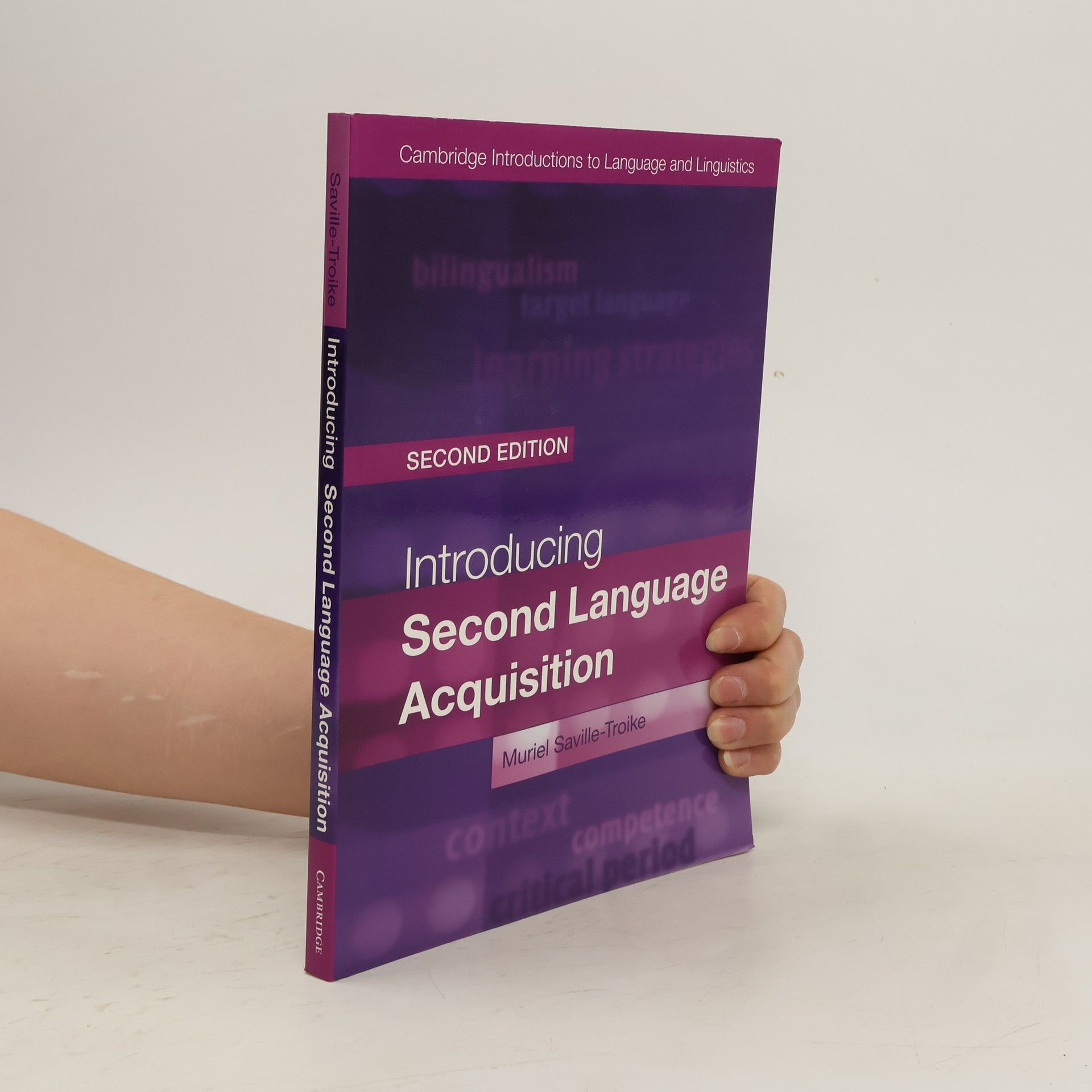Introducing English Linguistics
- 270 stránok
- 10 hodin čítania
Offering a comprehensive overview of English linguistics, this introduction explores key concepts and theories within the field. It covers various aspects such as phonetics, syntax, semantics, and sociolinguistics, making it accessible for beginners while still engaging for those with some background knowledge. The book emphasizes the dynamic nature of the English language and its evolution, providing readers with valuable insights into its structure and usage.


